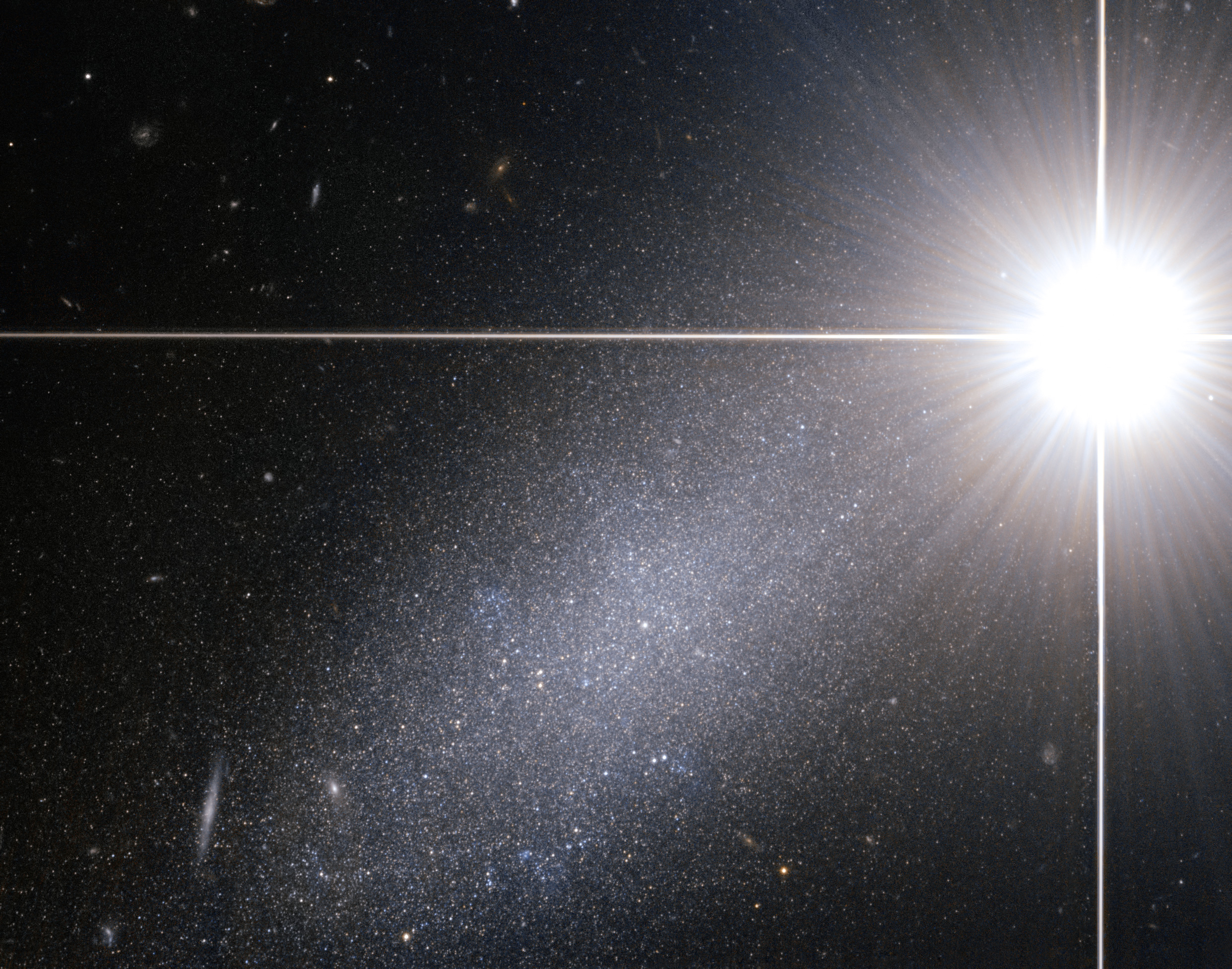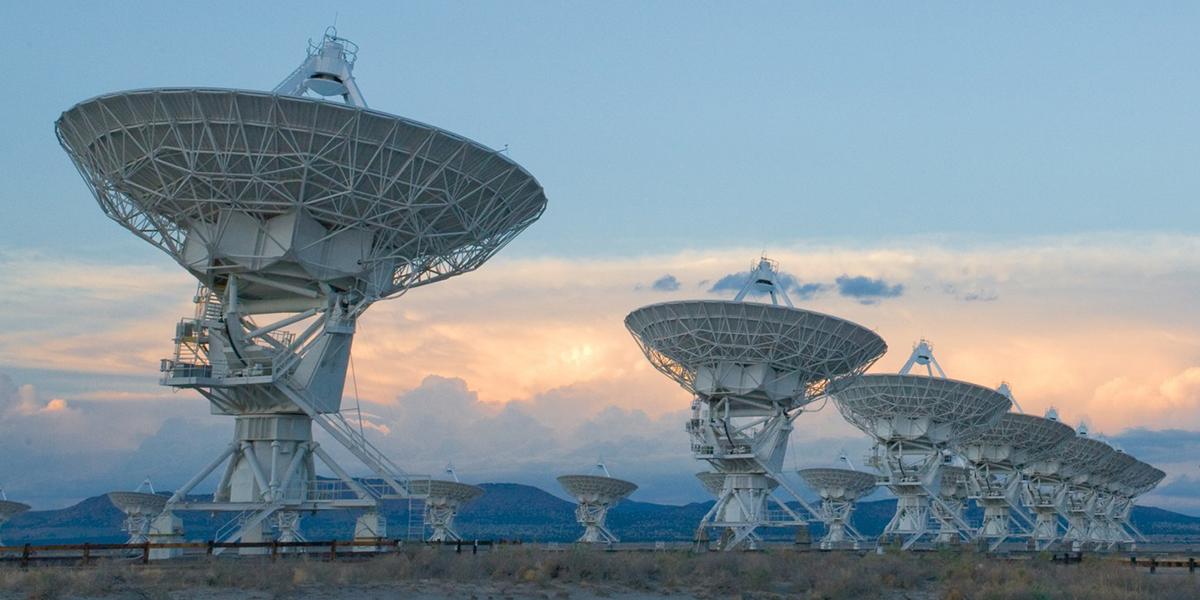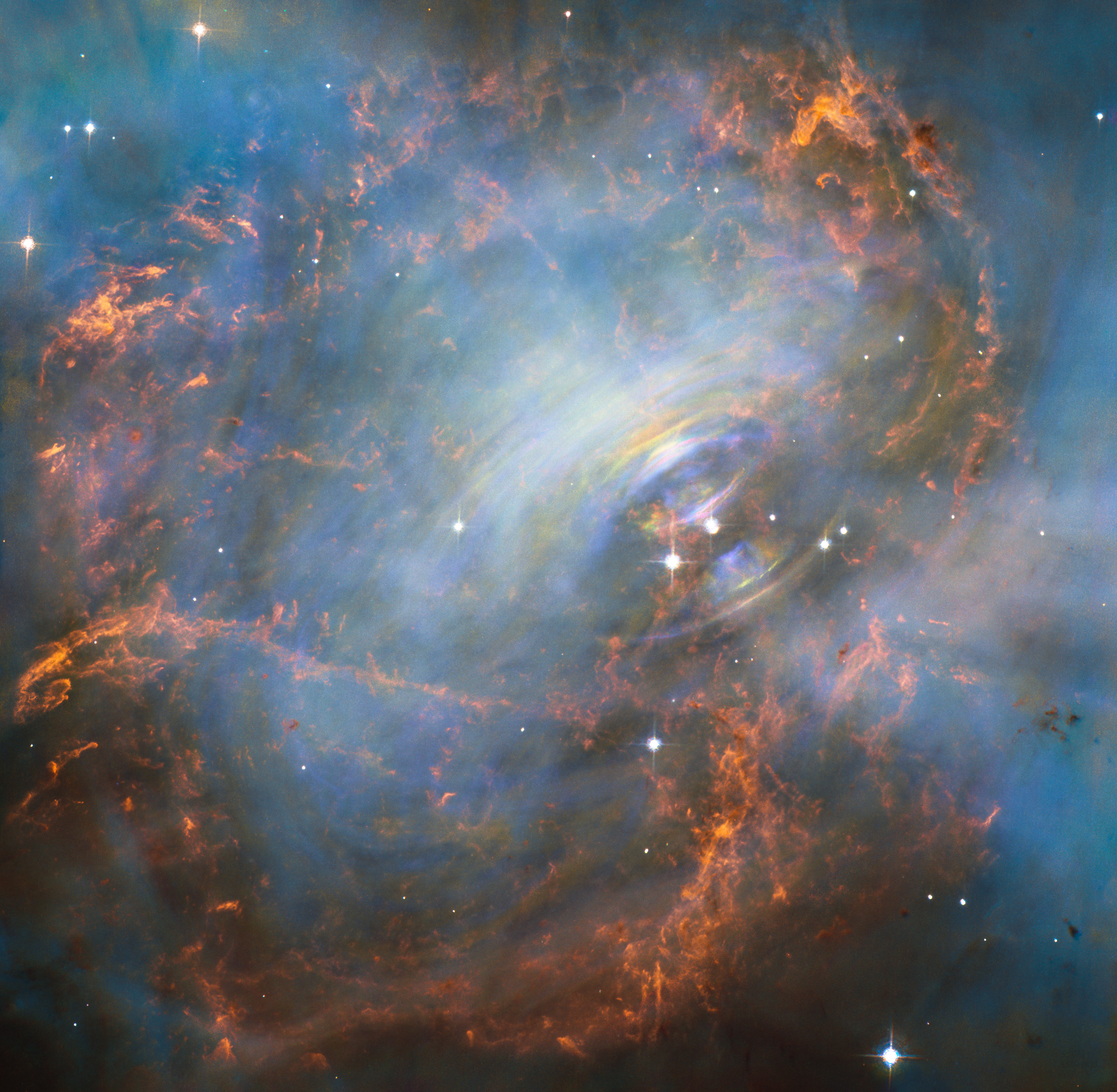Australian Scientists have found an enigmatic flashing object in space. Detected with the help of a Murchison Widefield Array (MWA), which has a huge field of view, this object is different from anything that astronomers have ever seen before.
In fact, the sighting of this mystery space body is so unprecedented that it sparked off speculations about extraterrestrial life or aliens.
Tyrone O’Doherty’s Discovery
In an article penned for The Conversation, Dr. Natasha Hurley-Walker, a radio astronomer at Curtin University and the leader of the team that made the discovery, revealed the background story of the find.
She wrote that in 2020, she had assigned a project that entailed looking for changing radio sources to an undergraduate student, Tyrone O’Doherty. These sources were to be found from within a large radio survey that Dr. Hurley-Walker was leading.

By the end of 2020, using a new technique he had developed in conjunction with the Murchison Widefield Array (MWA) instrument, O’Doherty had chanced upon a particularly unusual source. This source, named GLEAM-X J162759.5-523504 was visible in data from early 2018. However, it had disappeared within a few months.
Further Investigation
Early in 2021, Hurley-Walker began investigating the source. According to her account, she was expecting it to be something already known — a thing that would, over the months, gradually change and maybe lead the team towards an exploded star, or a big collision in space.
During the course of her investigation, the astronomer looked at observations of the same location, taken at different frequencies. This was data corresponding to periods before and after the detection of the source. However, in the observations she first studied, the source was not present.
Thus, Hurley-Walker decided to look at more data and found that in an observation noted 18 minutes after the sighting of the celestial object, it was seen again. It was still at the same place, and at the exact same frequency.

She noted that the source was “like nothing astronomers had ever seen before.” It was an incredibly bright radio source and outshone everything else in the observation. In fact, the source was shining brighter than even supermassive black holes that flare out massive jets of matter into space at speeds just slightly lower than the speed of light.
These black holes were the brightest of radio sources. It was also found that the radio wave beams pulsed regularly — once every 18 minutes. The astronomer and some other scientists (whom she had told about the discovery online) wondered if it could be alien life.
Hurley-Walker also used supercomputers to go through an enormous data archive — 40 petabytes of radio astronomy data recorded by the MWA over the course of eight years — to find 70 more detections related to the object spanning three months in 2018.
Was It An Alien Life?
“It’s definitely not aliens,” Hurley-Walker told The Guardian. While the team did briefly consider this possibility, they quickly ruled it out after determining that the signal was detectable across a broad range of frequencies.
This meant that a huge amount of energy would have been required to produce it. This is something that could not be achieved artificially (by extraterrestrial lifeforms) and was natural.
Instead, astronomers think that the source might be a new class of a collapsed star — either a slowly rotating neutron star or a dead white dwarf star — with a strong magnetic field. The pattern in which the signals appeared and then disappeared suggests that they were linked to a dramatic, one-off event.

The object, which is believed to be around 4,000 light-years away from the earth, also happens to match the theoretical description for an “ultra-long period magnetar”. This is the kind of neutron star that has the most powerful magnetic field of any known object in the entire universe.
Here is a brief explanation of what neutron stars, magnetars, and white dwarf stars are.
What Is A Neutron Star
A neutron star is formed when a huge star runs out of fuel and falls in on itself. The star’s central region – its core – collapses. In the process, every proton and electron inside the atom of the star is crushed into a neutron.
In case the core of the collapsing star is between 1 and 3 solar masses approximately, the newly-created neutrons are able to stop the collapse. This creates a neutron star.
Neutron stars are the densest objects known to humankind. NASA says that just one sugar cube-sized piece of a neutron star material would weigh close to 1 trillion kilograms on our planet – that roughly amounts to the weight of a mountain.

Most neutron stars are observed as pulsars. Their strong magnetic fields funnel jets of particles out along their two magnetic poles. These fast particles produce extremely strong beams of light which are swept around as the star rotates. On Earth, these give the appearance of the pulsars turning on and off as the beam sweeps over Earth.
Just like the mysterious celestial object in question, pulsars are observed to have pulses of radiation at very regular intervals. The difference is that the pulse intervals typically range from milliseconds to seconds. The object in question was thus repeating too slowly to be a pulsar.
A magnetar is another type of neutron star. However, it has a much greater magnetic field than a regular neutron star. While stars that have huge masses may become neutron stars or black holes by the end of their lifetimes, low and medium mass stars (such as our Sun) eventually swell up and shed their outer layers. The core that is left behind will be a white dwarf star — second in density only to neutron stars and black holes.
The object that has now been found is unlike any star or black hole ever observed before. While it does not point towards an exciting discovery of aliens, it is still a discovery of a whole new kind of celestial body.
“More detections will tell astronomers whether this was a rare one-off event or a vast new population we’d never noticed before,” Hurley-Walker told CNN.
- Contact the author at: shreyya.mundhra@gmail.com
- Follow EurAsian Times on Google News




